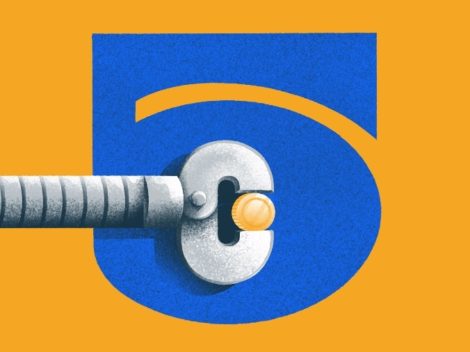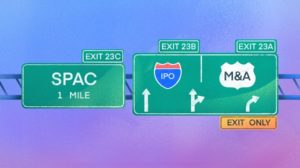Corporations must navigate their ship one way or another toward continued success. Early-stage entrepreneurs need to decide if they are building a ship, an aircraft or a warehouse.
Subscribe to the Crunchbase Daily
What kind of company are we building? Who is the ideal customer? What is the real pain point? What will our business model be? What geography will we tackle first, and will it be direct sales or via channels? How will the product look and feel? will it be a pure SaaS play or will it also include professional services? Will it be a vertical SaaS or horizontal Saas?

There are so many strategic decisions to be made, and at most times CEOs and founders have few people to consult with. Each strategy will have its own implications and requires a unique set of considerations one must balance before making a decision. While there is no right or wrong answer, but it is always best to seriously consider your steps before committing to one strategic path over another.
Following are three strategic balancing acts that could have a high impact on a company’s growth and success.
Pricing: Balancing free and premium offerings
Today, customers are getting used to a freemium model, where a simplified or limited version of the product is provided for free, sometimes for a limited period or a limited set of features. There are great products I personally use that give me all I need in the free version. That means converting me to a paying customer will be a problem. If they were to have no free version, perhaps fewer users would try the product in the first place. What is the right premium price? A high price may deter many customers while a low price may suggest a low-quality product.
Considerations when looking at your pricing strategy:
- Competitor pricing: Your product will typically be measured against its competitors. Your price point should be somewhere in the range of your competitors, either in the high range if your product brings more value, or in the low range if you are competing on price, which is usually not a good place to be; it could mean your sector has been commoditized.
- Target audience: Enterprises usually do not have a freemium model. Instead they have a pilot (paid or unpaid) to test your product. Enterprises have a high willingness to pay compared to small businesses and consumers. However, their sales cycle is longer, so you should have enough resources to pursue these opportunities for a longer period.
- Tiered pricing: Once you identify your target audience, it is best to create three price tiers, depending on the customer size and product capabilities attached to the offering. This ensures you provide various target audiences with what they need at the price point they feel comfortable paying.
Customer service: Balancing happy customers with strategic focus
Customer service is one of the most important things you can do to improve your unit economics. It has a big positive impact on retention, monetization and greater lifetime value. Smart companies create a strong farming strategy, keeping their existing customers happy and paying by making sure their needs are being met. However, what happens when your customers start demanding features customized for them? Too many early-stage startups immediately comply. The issue is you are giving away professional services for free and pivoting from a product company to an unpaid, unscalable services company.
Considerations when looking at your customer service strategy:
- Scalability test – It is best to test every new feature for scalability; how many customers would find this new feature valuable?
- Integrate vs build – Would it be better to integrate my product with other platforms to bring immediate additional capabilities to my customers? For example, ticketing systems, CRMs, mailing services, APIs to databases and so on.
- Product vs services – Being a services company is also a valid strategy, albeit one that VCs shy away from. So if you are self-funded and it provides additional runway, go ahead. However, while revenue from services will help increase your runway it will not attract VCs.
Go to market: Balancing time to market and profitability
You have built your product and you want to start selling. Using channel partners to gain quicker access to the market is a common practice, and you will most likely accelerate your revenue growth while maintaining a low customer acquisition cost. However, using channels means you will likely part with up to 50 percent of your revenue upon sale. Being dependent on a few resellers might put you at risk of being replaced by another product down the line. On top, if you do not have relationships with your end customers, your margins will diminish.
Considerations when looking at your go-to-market strategy:
Is it a new or established company? In the first years, I suggest focusing on direct sales. This way you will better understand the end customer’s needs, you will perfect your sales pitch, and you will better commercialize your product toward growth. Once you have established a well-defined sales process, have a proven working product, customers willing to pay, and low churn rates, then you should consider ramping up sales using channels. That will put you in a strong position and helps you to negotiate better terms with the resellers.
Itay Sagie, a guest contributor to Crunchbase News, is a lecturer, contributor, strategic adviser to startups and investors and co-founder of VCforU.com.
Illustration: Li-Anne Dias

Stay up to date with recent funding rounds, acquisitions, and more with the Crunchbase Daily.







![Illustration of Harris and Trump: 2024 presidential election candidates. [Dom Guzman]](https://news.crunchbase.com/wp-content/uploads/Election-2024-300x168.jpg)


67.1K Followers